Have you ever been caught off guard when your gentle, purring companion suddenly turns into a whirling ball of teeth and claws? If so, you’re not alone. Many cat lovers have found themselves on the receiving end of a swipe or bite, wondering, “What just happened?” The truth is both shocking and a little heartbreaking: even the sweetest, most trusting cat can quickly become overwhelmed if you cross the invisible line of overstimulation. Read on for an eye-opening exploration of what really goes on in your cat’s mind—and body—when things get to be just a little too much.
The Trust Factor: Why Some Cats Let Their Guard Down

Trust is at the core of every feline-human relationship. When a cat feels safe with you, she’s likely to let her guard down, relax, and invite closeness. You might see her belly, receive gentle head butts, or even get a spot on her favorite nap location. This trust, however, is a double-edged sword. Because your cat feels safe, she may not show her discomfort as quickly, making it easier for you to accidentally overstep her boundaries. Trusting cats can be especially vulnerable to overstimulation because they want to please you, so they might endure more petting or play than they’re truly comfortable with. It’s a delicate balance that requires careful observation and empathy from every cat parent.
What Does Over-Stimulation Mean for Cats?

Over-stimulation in cats happens when too much physical contact or excitement overwhelms their senses. It’s like when someone tickles you for too long—what started as fun quickly becomes unbearable. For cats, over-stimulation can stem from too much petting, rough play, or even a noisy environment. The signs aren’t always obvious at first, especially in cats who trust you deeply. Instead, their discomfort can quietly build up until it suddenly boils over. Understanding what over-stimulation means is the first step to protecting your cat’s well-being and maintaining that precious bond of trust.
Common Triggers of Over-Stimulation
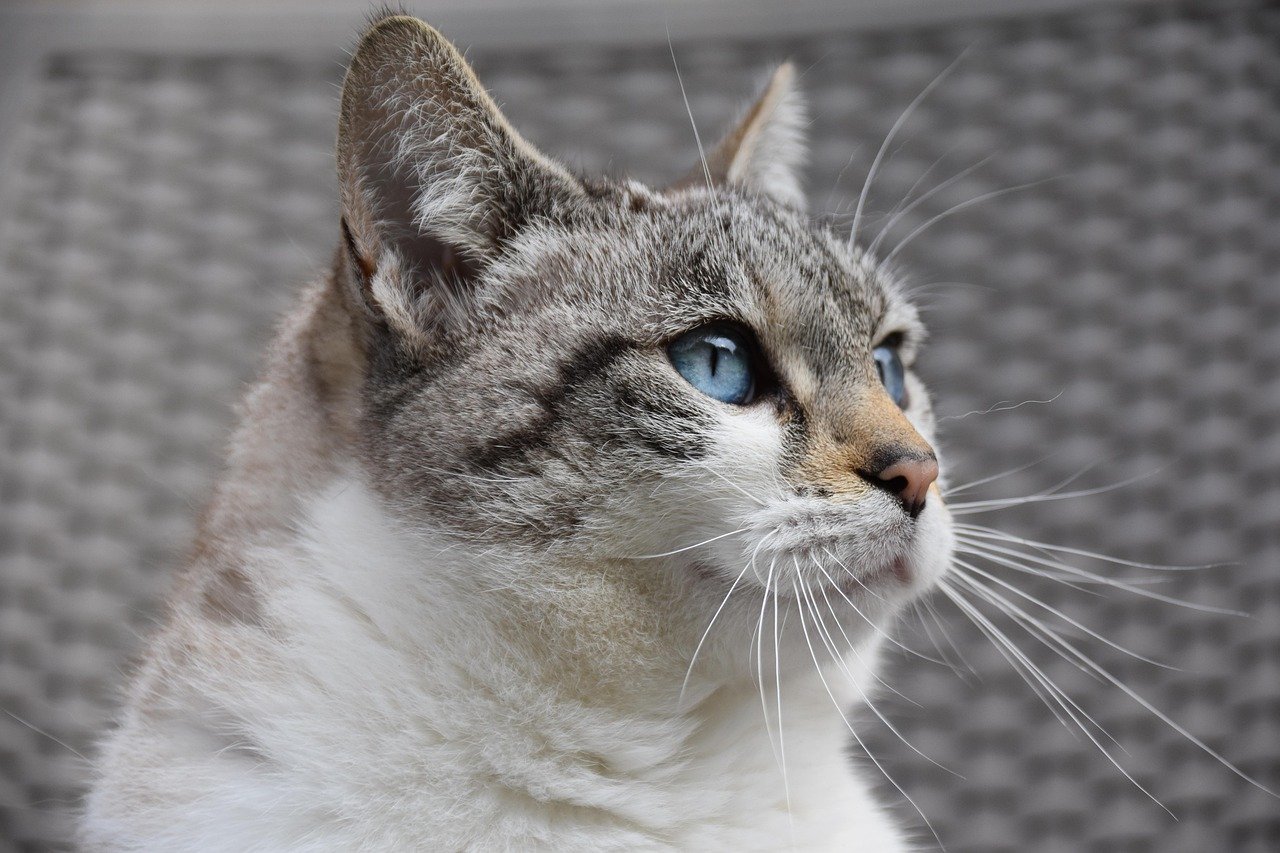
A surprisingly wide range of actions can trigger over-stimulation in cats. Petting is the most common culprit—especially on sensitive areas like the belly, back, or base of the tail. Repetitive stroking, playful roughhousing, or even brushing can push a cat past her comfort zone. Sometimes, too much noise, movement, or the presence of other animals can add to the sensory overload. Even a simple, well-intentioned cuddle can become “too much” if your cat is tired or stressed. Recognizing these triggers is crucial to preventing those sudden, unexpected reactions.
Physical Signs Your Cat Is Over-Stimulated
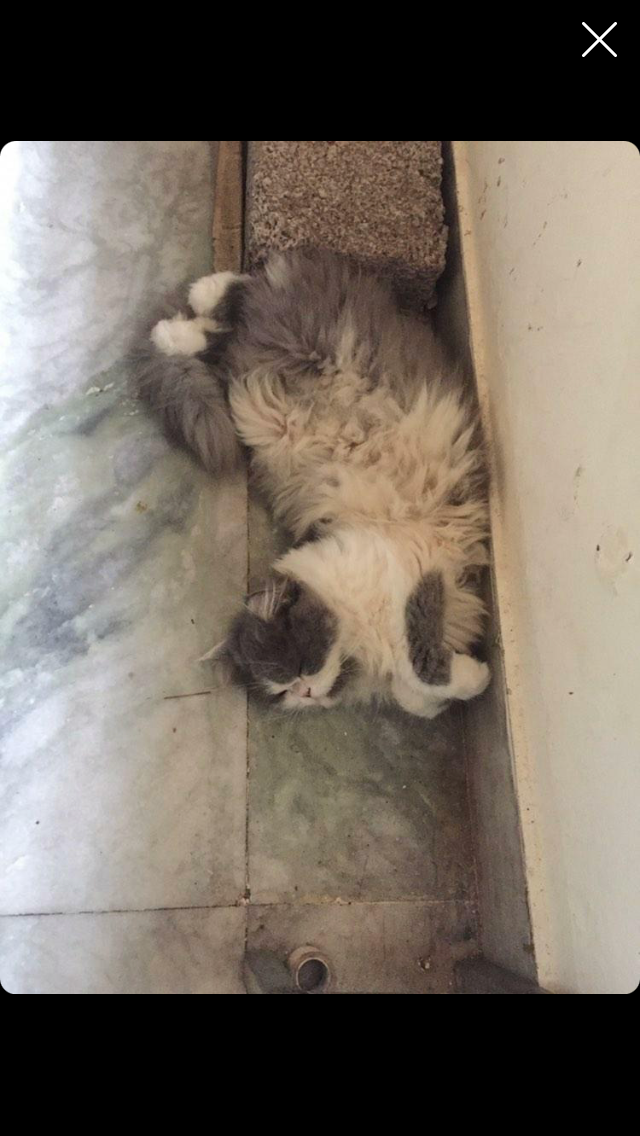
Cats are masters of subtle communication, but some signs of over-stimulation are hard to miss—if you know what to look for. You might notice a twitching tail, flattened ears, dilated pupils, or sudden skin rippling along the back. Sometimes, a cat’s body will stiffen, and her whiskers may move forward in agitation. These are red flags that your cat is reaching her limit. If you see these signs, it’s time to pause and give her some space before things escalate.
The “Petting-Induced Aggression” Phenomenon

One of the most bewildering things for cat owners is “petting-induced aggression.” This happens when a cat who seemed to enjoy being petted suddenly bites or scratches. It feels shocking—almost like betrayal. But it’s not personal. When a trusting cat is over-stimulated, the sensation can quickly shift from pleasurable to irritating or even painful. The bite or swat is her way of urgently saying, “Stop!” Understanding this phenomenon helps you avoid taking it to heart and instead adjust your approach.
Why Do Some Cats React More Strongly Than Others?

Not all cats are created equal when it comes to tolerating stimulation. Some breeds, like Siamese or Bengals, are more sensitive by nature, while others, such as Ragdolls or British Shorthairs, are famously tolerant. Personality, age, health, and past experiences all play a role. A rescue cat with a history of rough handling might react more explosively than a kitten raised in a gentle, loving home. It’s important to remember that each cat is an individual, with unique boundaries that need to be respected.
The Science Behind Sensory Overload

When a cat’s senses are bombarded, her nervous system can become overloaded. Just like humans who get overwhelmed in a noisy crowd, cats have a threshold for what they can handle. Sensory overload triggers a surge of adrenaline and stress hormones, preparing the cat for “fight or flight.” This biological response is automatic and isn’t something your cat can control. It’s a survival mechanism, deeply rooted in feline instincts, meant to protect her from harm.
Emotional Consequences: Betrayal of Trust
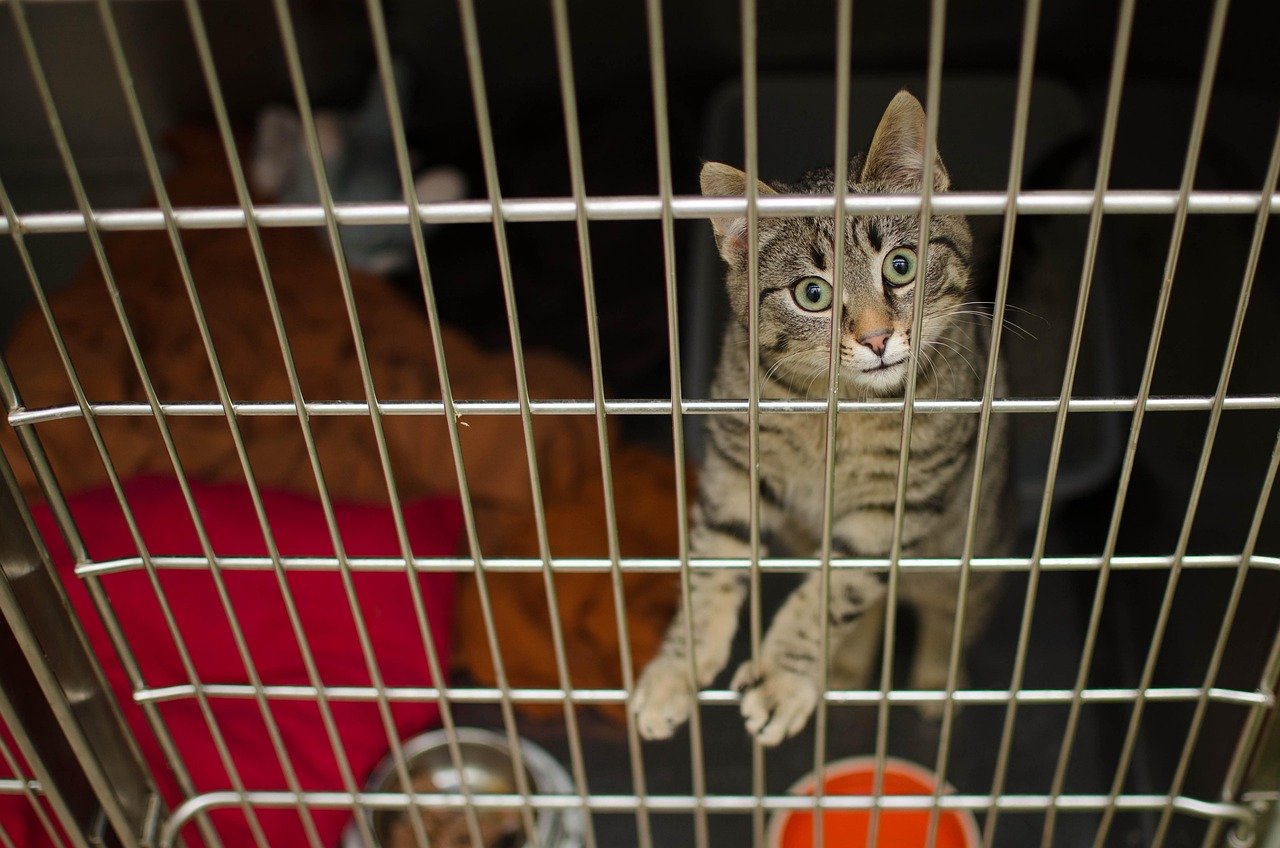
Over-stimulating a trusting cat can have emotional consequences. If you repeatedly push past her limits, your cat may start to view you as unpredictable or even threatening. This can erode the foundation of trust you’ve worked so hard to build. She might avoid your touch, hide when you approach, or become anxious during interactions. It’s heartbreaking to see a formerly affectionate cat withdraw, but it’s a clear signal that she needs her boundaries to be respected and honored.
Physical Repercussions: Stress and Health Risks
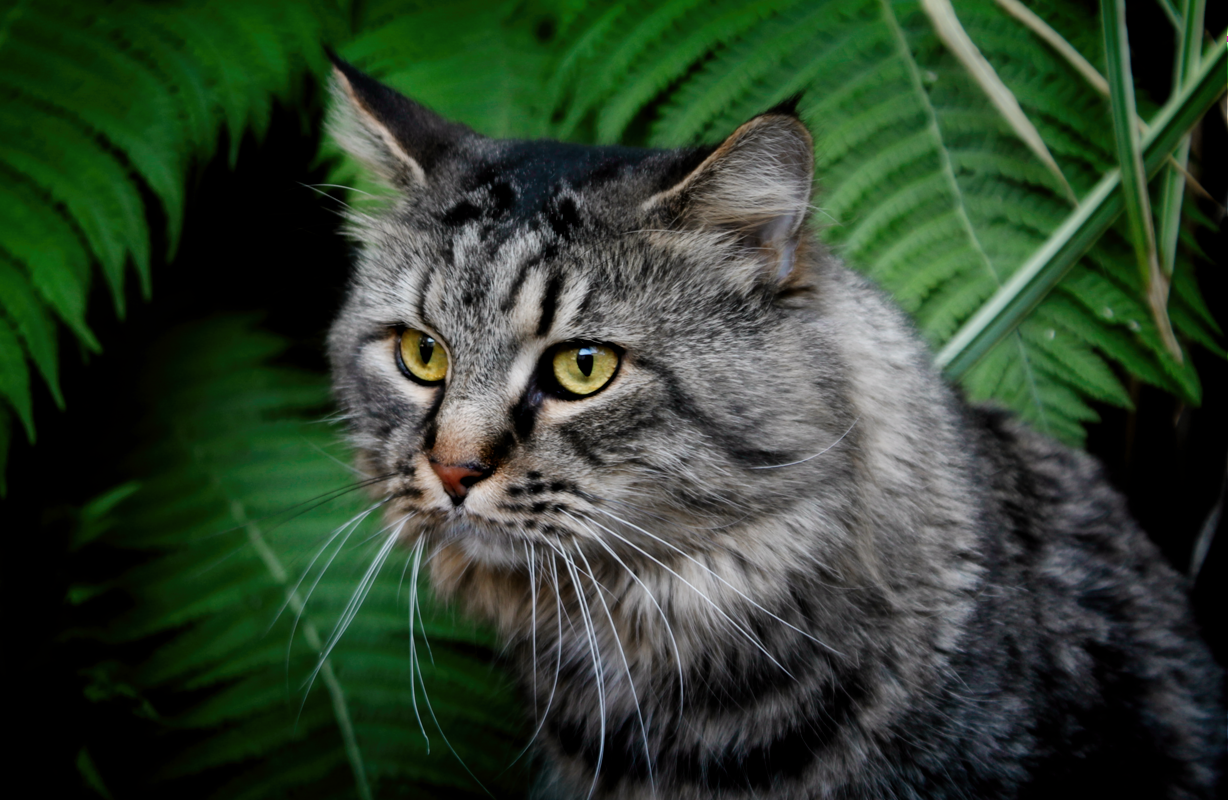
Chronic over-stimulation can cause more than just momentary discomfort—it can have lasting effects on your cat’s health. Persistent stress can weaken her immune system, making her more vulnerable to illness. Some cats develop skin conditions from excessive grooming or scratching triggered by anxiety. In severe cases, stress can even contribute to urinary issues or digestive problems. Keeping your cat’s stress levels low isn’t just about her mood—it’s vital for her overall well-being.
Behavioral Changes After Over-Stimulation
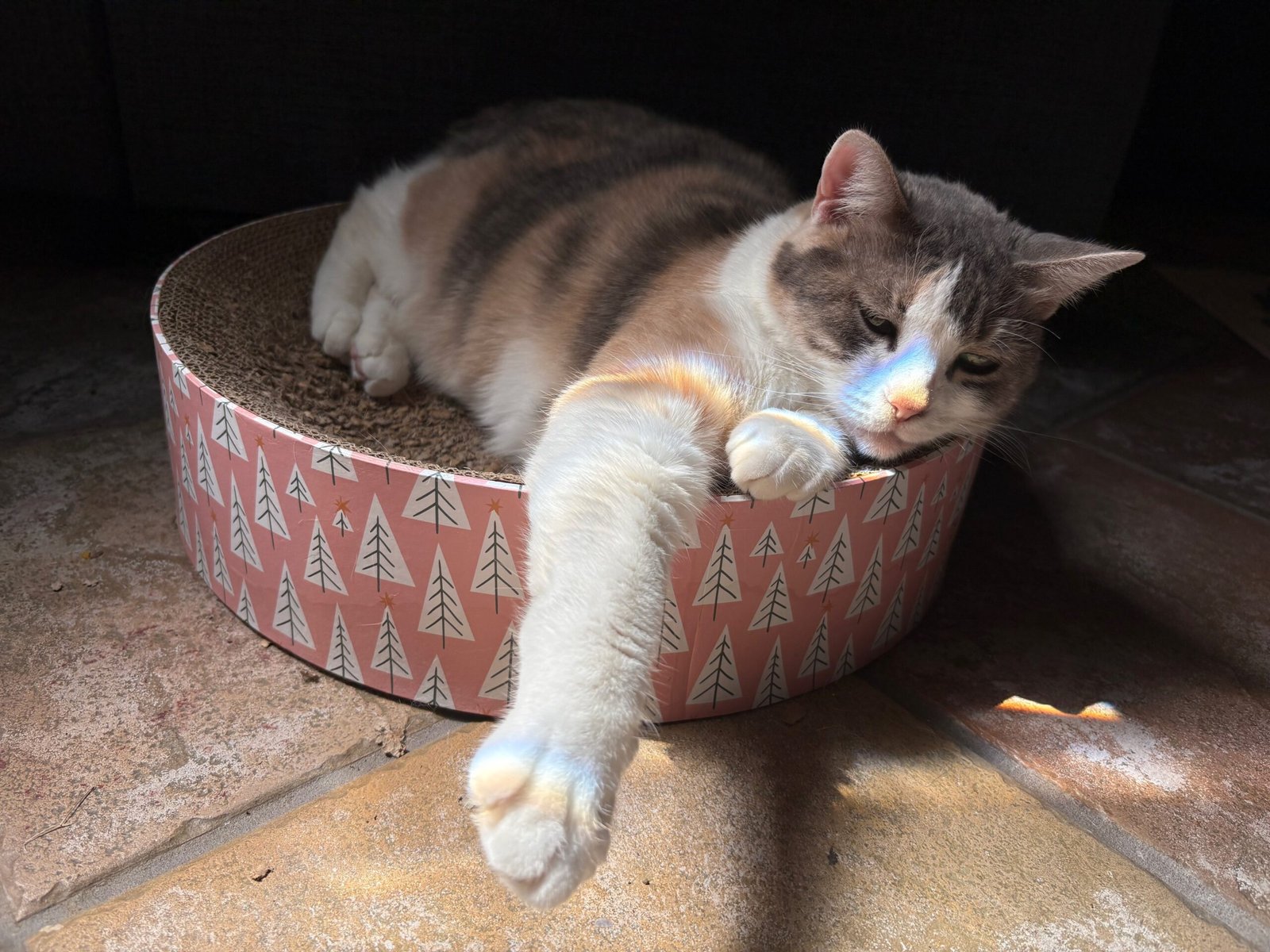
After a bout of over-stimulation, you might notice changes in your cat’s behavior. She could become skittish, avoidant, or even aggressive when approached. Some cats start hiding more often, while others vocalize their discomfort with hissing or growling. These changes are her way of protecting herself from further stress. In some cases, a cat may develop a “threshold,” reacting sooner or more intensely in the future if her boundaries aren’t respected.
How to Rebuild Trust After Over-Stimulation
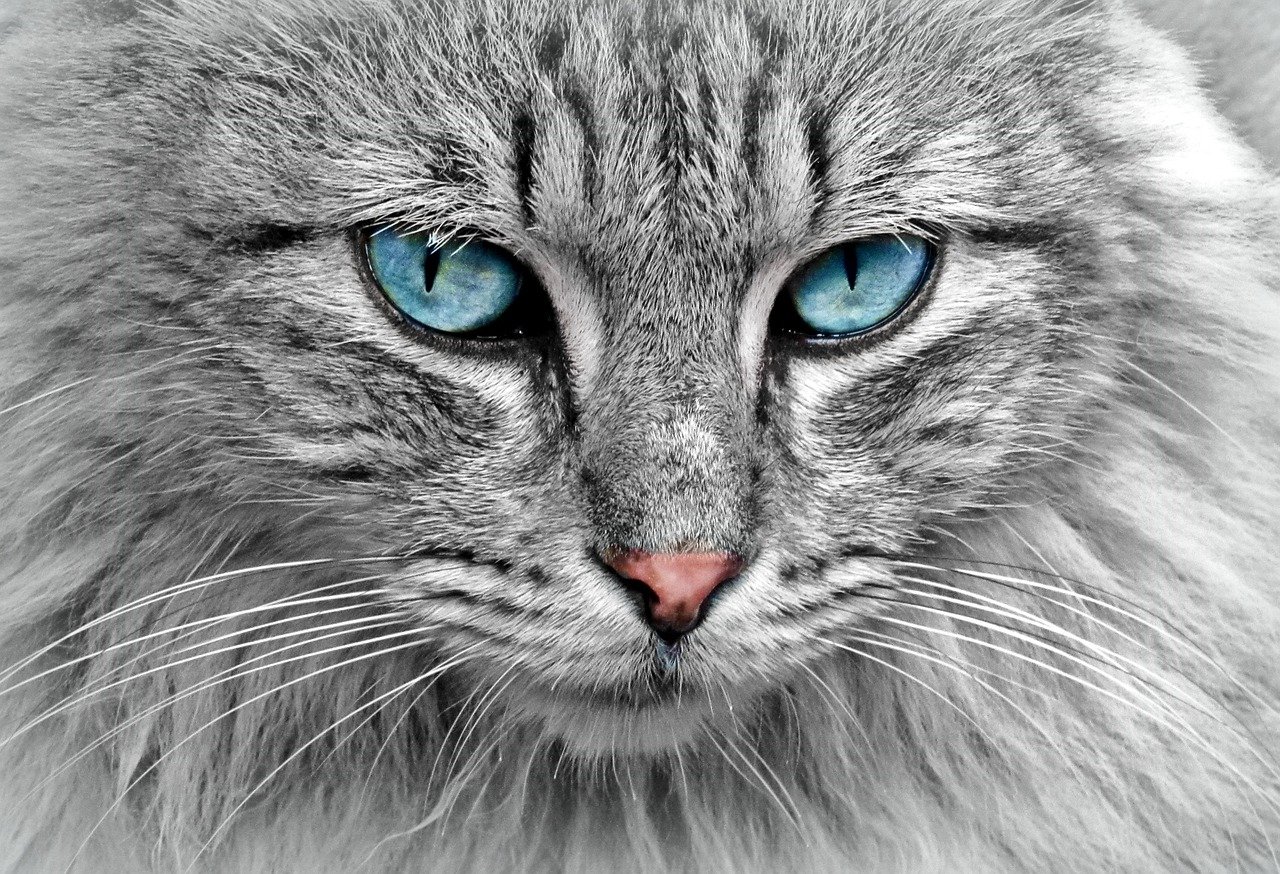
If you’ve accidentally over-stimulated your cat, don’t lose hope. Trust can be rebuilt with patience and gentle, positive interactions. Give your cat plenty of space and let her approach you on her own terms. Use soft voices, slow blinks, and gentle petting to reassure her. Over time, she’ll learn that you respect her boundaries and will start to seek your affection again. It’s a gradual process, but the reward—a stronger, more trusting bond—is worth every effort.
Preventing Over-Stimulation: Setting Boundaries
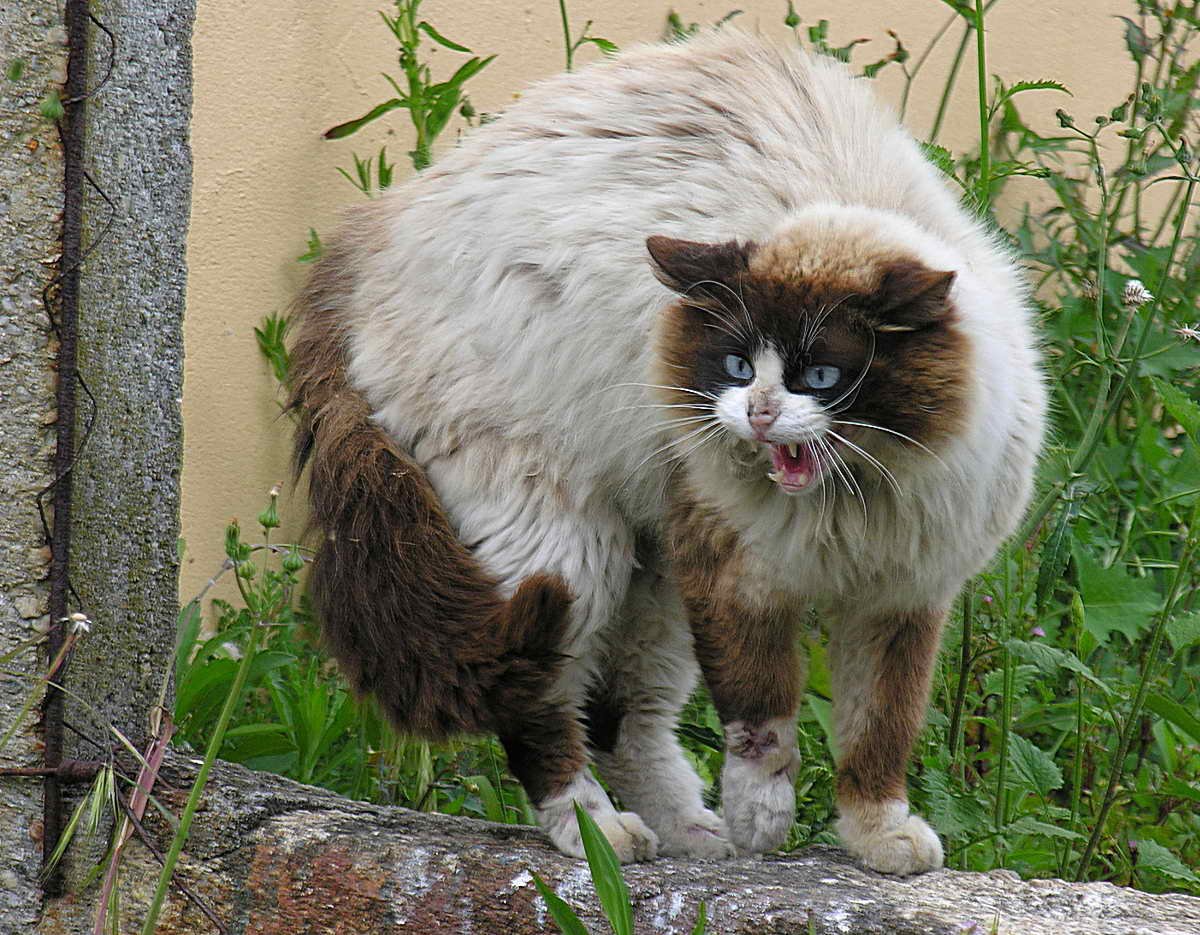
Preventing over-stimulation starts with understanding your cat’s unique preferences. Pay close attention to her body language and stop petting before she reaches her limit. Set clear boundaries—if your cat only likes head scratches, stick to that area. Establishing a routine can also help, as cats thrive on predictability. By tuning in to your cat’s needs and respecting her boundaries, you’ll foster a safer, happier environment for both of you.
Recognizing the “Petting Threshold”
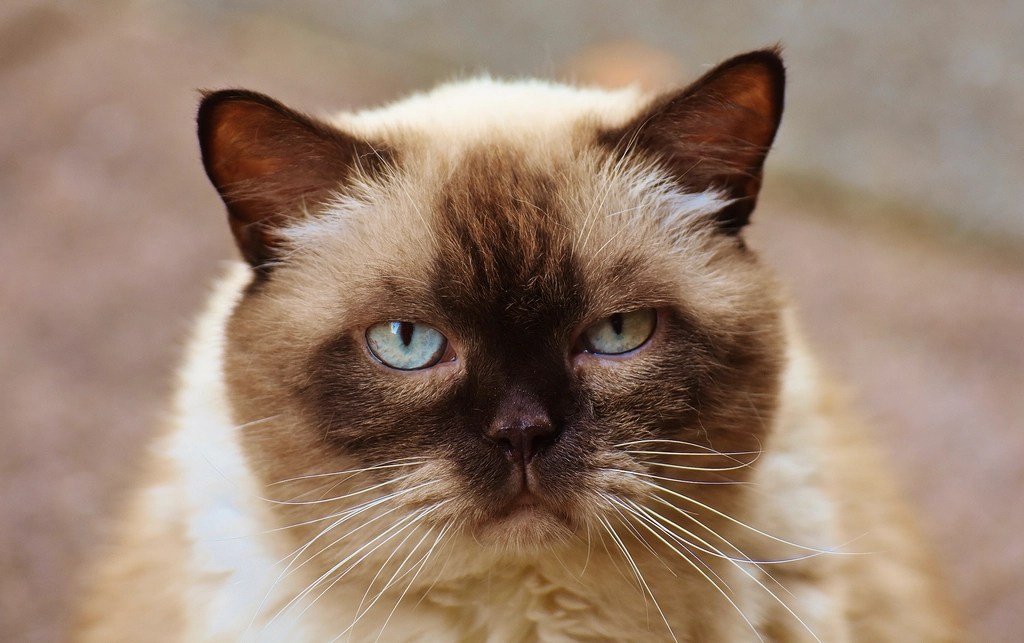
Every cat has a “petting threshold”—the point at which touch shifts from pleasurable to overwhelming. This threshold varies from cat to cat, and can even change from day to day. Some cats are content with hours of snuggling, while others prefer just a few strokes. Learning to recognize when your cat has had enough is key. Look for early warning signs like tail flicking, skin twitching, or sudden shifts in posture. Respecting the threshold helps prevent sudden outbursts and keeps your bond strong.
Safe Ways to Show Affection

There are many ways to show affection that don’t risk over-stimulation. Gentle head rubs, slow blinks, and soft-spoken words can mean the world to your cat. Some cats love interactive toys or just sitting near you while you read or watch TV. The key is to follow your cat’s lead—let her initiate contact and decide when enough is enough. Remember, sometimes love means giving space.
The Role of Play in Preventing Over-Stimulation

Playtime is essential for a cat’s mental and physical health, but it can also help prevent over-stimulation. Regular play sessions allow your cat to burn off excess energy and satisfy her hunting instincts. Use toys that mimic prey, like feather wands or laser pointers, to keep things exciting. Just be sure to end play sessions on a positive note, and avoid using your hands as toys, which can blur the line between play and aggression.
Understanding Body Language: The Key to Communication
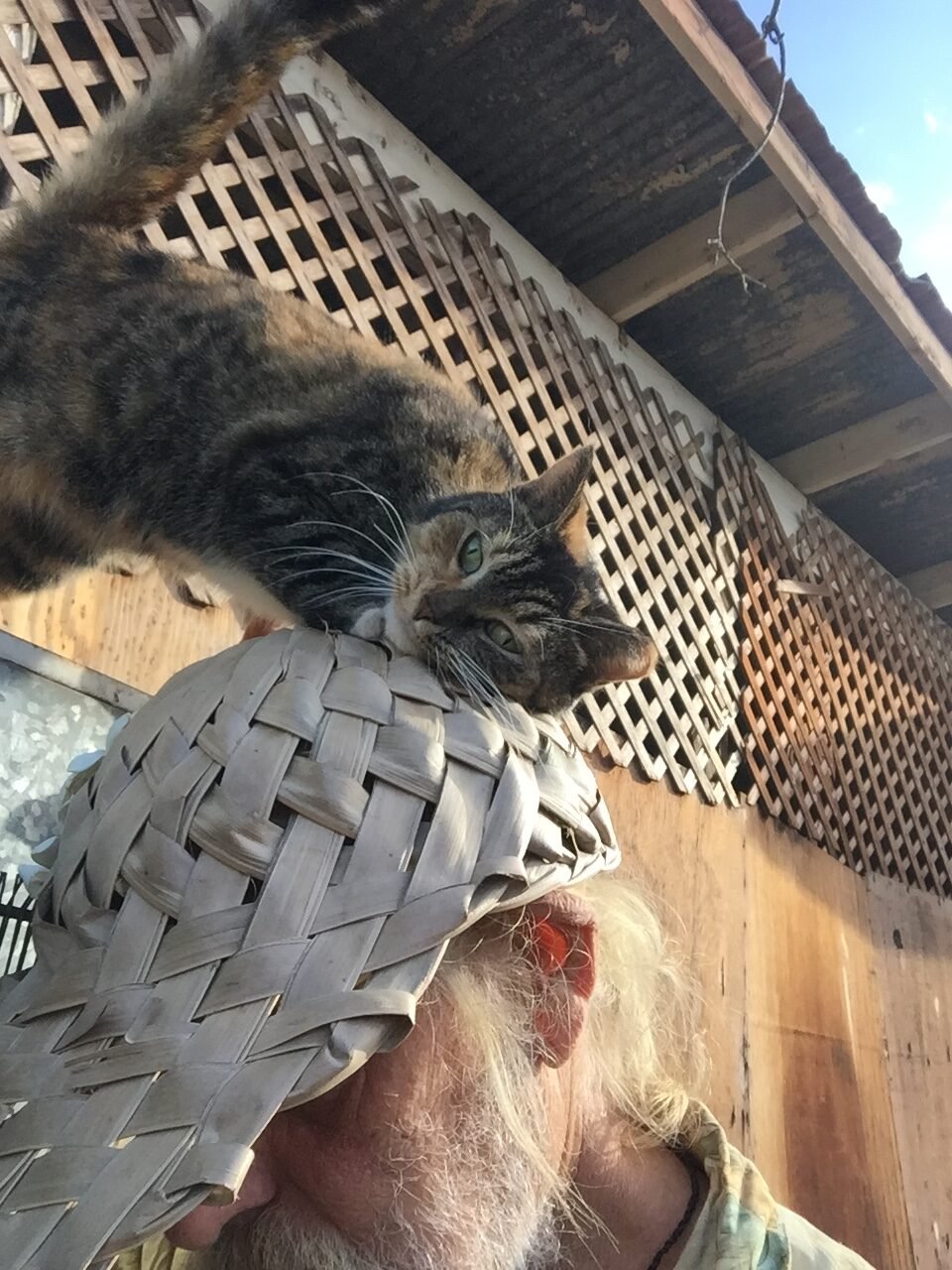
Cats speak volumes with their bodies. A flick of the tail, a sideways glance, or a slow blink can tell you everything you need to know about your cat’s mood. Learning to read these signals is the best way to prevent over-stimulation. If your cat looks away, moves her ears back, or starts twitching her tail, she’s telling you she needs a break. Respecting these cues shows your cat that you care about her comfort and happiness.
Environmental Factors That Contribute to Over-Stimulation
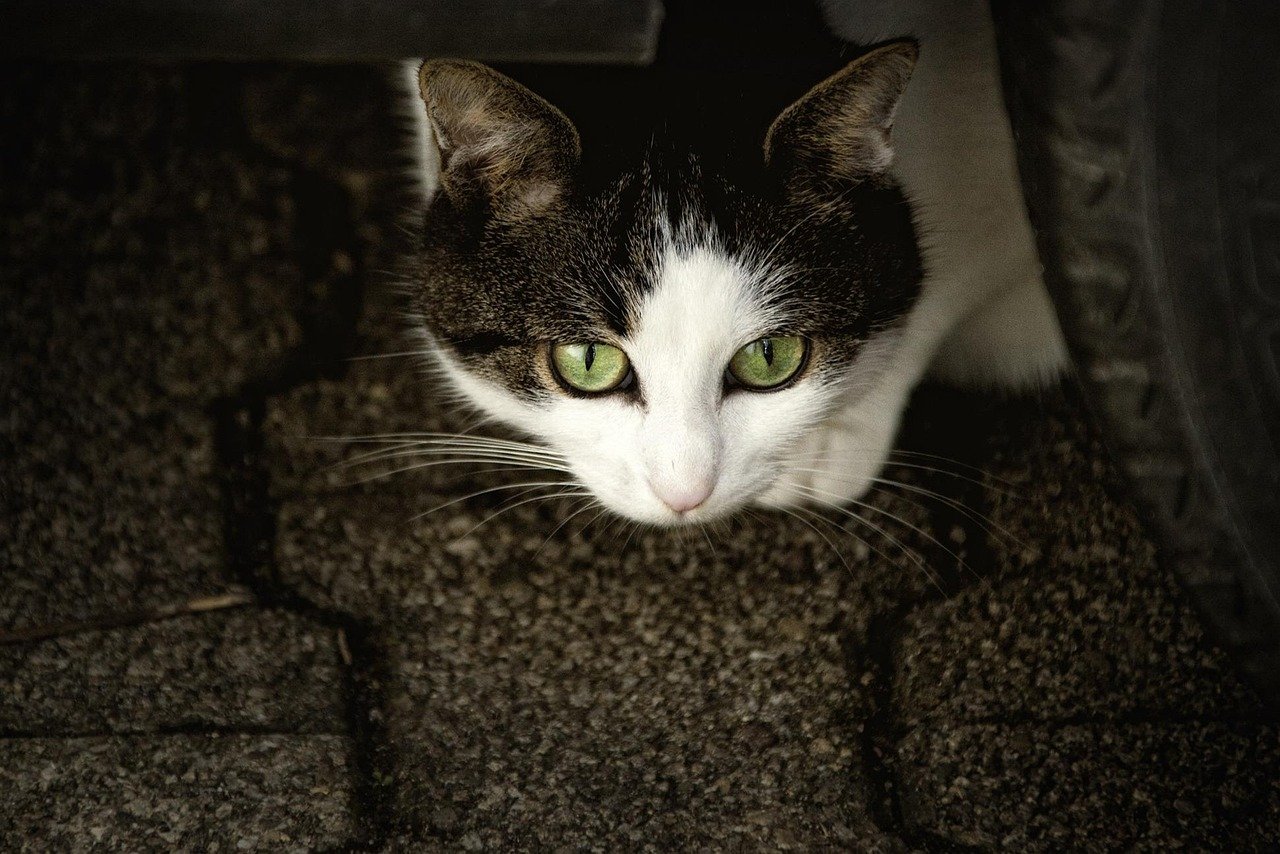
Sometimes, it’s not just your actions that lead to over-stimulation. Environmental factors like loud noises, unfamiliar visitors, or other pets can stress your cat and lower her tolerance for touch. Make sure your cat has safe spaces to retreat to, such as cozy beds or hideaways. Creating a calm, predictable environment will help your cat feel secure and reduce the risk of sudden outbursts.
Building a Stronger Bond Through Mindful Interaction
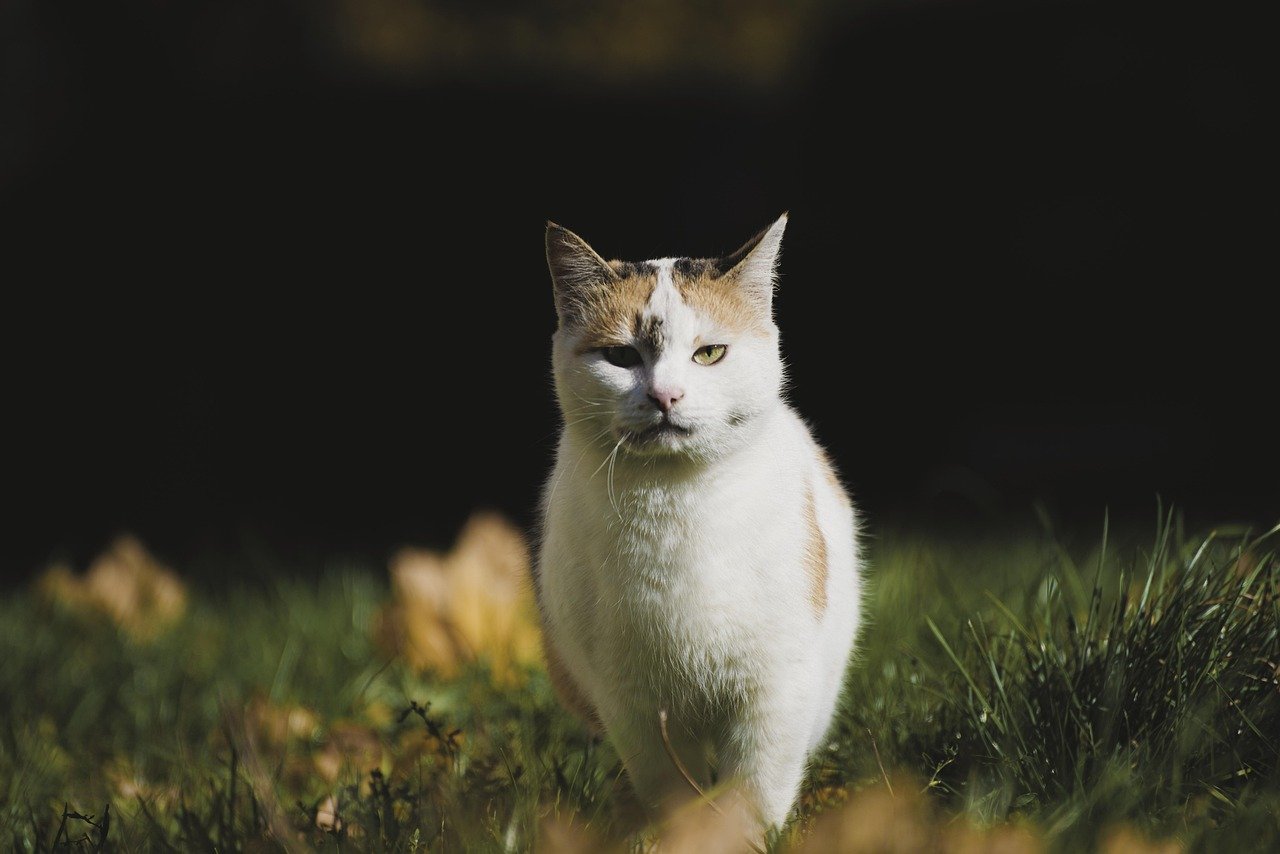
Mindful interaction means being fully present with your cat, paying attention to her needs, and responding with empathy. Take time to observe how she likes to be touched, and notice when she’s had enough. Offer treats, praise, or play as rewards for positive interactions. This mindful approach not only prevents over-stimulation, it deepens the connection between you and your cat, making every moment together more meaningful.
When to Seek Professional Help
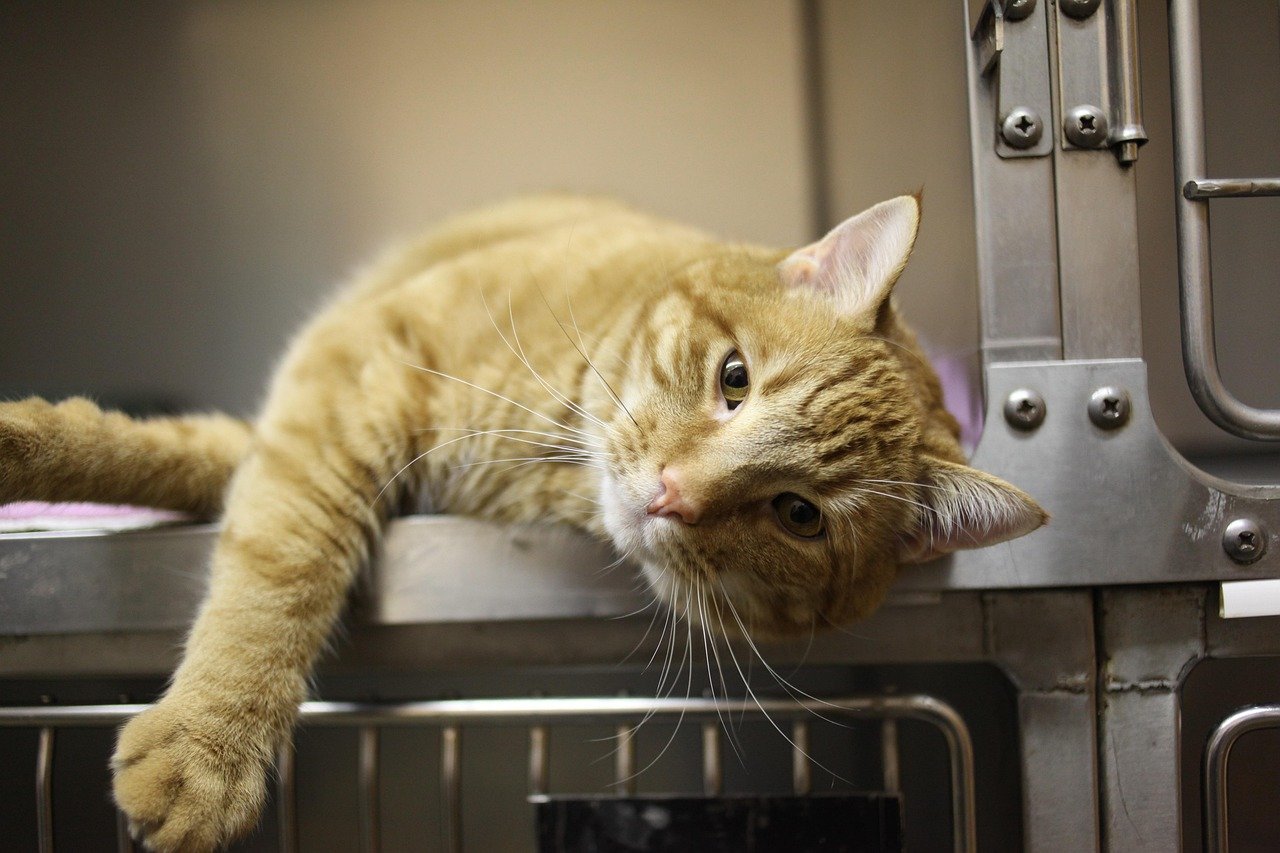
If your cat frequently becomes over-stimulated or shows signs of aggression, it may be time to seek help from a veterinarian or feline behaviorist. Persistent issues could be a sign of underlying health problems or anxiety. A professional can help you identify triggers, develop strategies for managing your cat’s stress, and restore peace in your home. Don’t be afraid to ask for help—your cat’s well-being is always worth it.
Tips for Multi-Cat Households

Living with multiple cats can complicate things, as competition and social dynamics add another layer of stress. Make sure each cat has her own space, resources, and opportunities for affection. Monitor their interactions closely and intervene if you notice signs of over-stimulation or aggression. With patience and careful management, even the busiest feline households can find harmony.
Why Respecting Boundaries Is the Greatest Gift
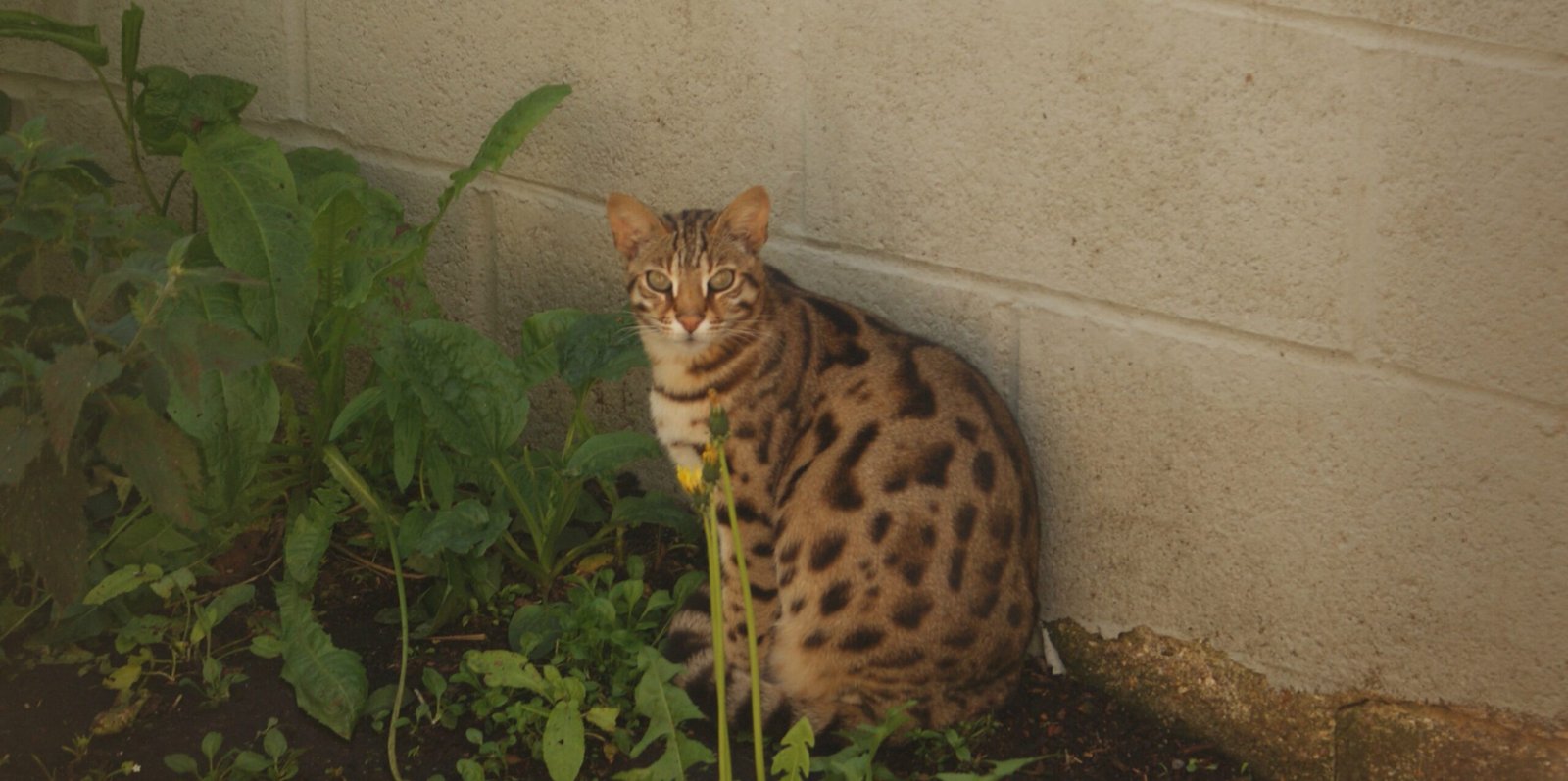
At the end of the day, respecting your cat’s boundaries is the greatest gift you can give her. It’s a sign of true love and understanding—qualities that every cat, no matter how independent, craves. By honoring her limits, you show your cat that she can trust you completely. Isn’t that what every cat lover wants?
Hi, I’m Bola, a passionate writer and creative strategist with a knack for crafting compelling content that educates, inspires, and connects. Over the years, I’ve honed my skills across various writing fields, including content creation, copywriting, online course development, and video scriptwriting.
When I’m not at my desk, you’ll find me exploring new ideas, reading books, or brainstorming creative ways to solve challenges. I believe that words have the power to transform, and I’m here to help you leverage that power for success.
Thanks for stopping by, Keep coming to this website to checkout new articles form me. You’d always love it!






